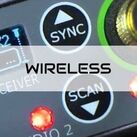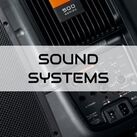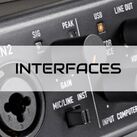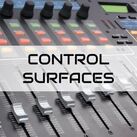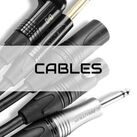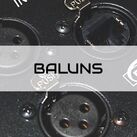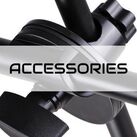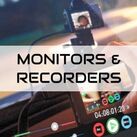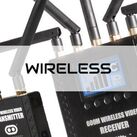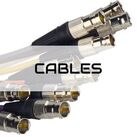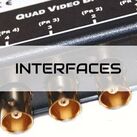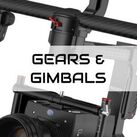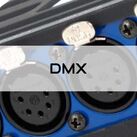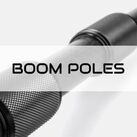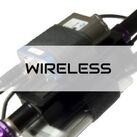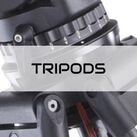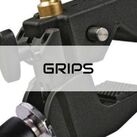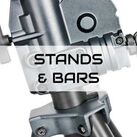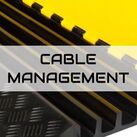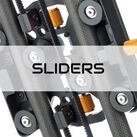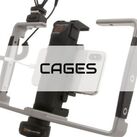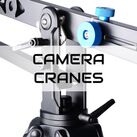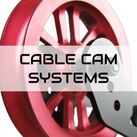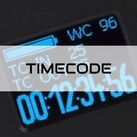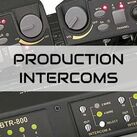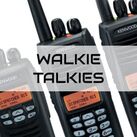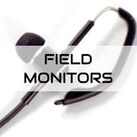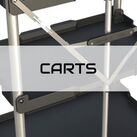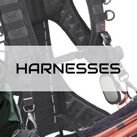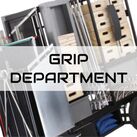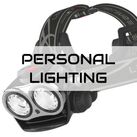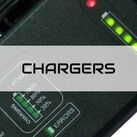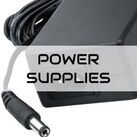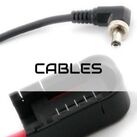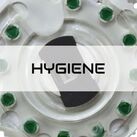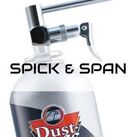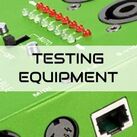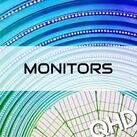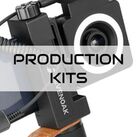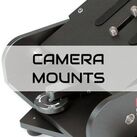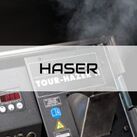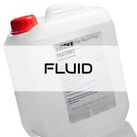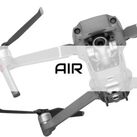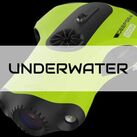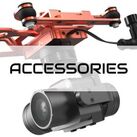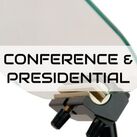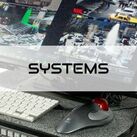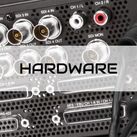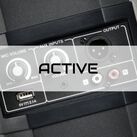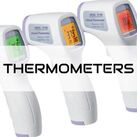Choosing The Right Underwater Drone For Inspections

Underwater inspections play a crucial role in various industries such as marine engineering, oil and gas, infrastructure maintenance, and scientific research. However, conducting inspections in submerged environments can be challenging and risky for human divers. This is where underwater drones, also known as remotely operated vehicles (ROVs) and autonomous underwater vehicles (AUVs), come to the forefront. These innovative technological marvels offer a safe and efficient means of conducting inspections in underwater environments.
Introduction to underwater drones for inspections
Why underwater drones are valuable for inspections
Underwater drones offer a multitude of benefits for inspections. They provide a detailed visual representation of underwater structures, allowing for early detection of potential issues such as corrosion, cracks, or leaks. By identifying problems early on, maintenance and repair costs can be significantly reduced. Additionally, underwater drones are able to capture high-resolution images and videos, which can be used for documentation and analysis purposes.
Applications of underwater drones in various industries
The applications of underwater drones span across various industries. In the oil and gas sector, they are used for inspecting underwater pipelines and offshore platforms. In the maritime industry, they aid in the inspection of ship hulls for maintenance and biofouling assessment. Scientists and researchers utilize underwater drones to study marine ecosystems and conduct underwater surveys. From infrastructure inspections to environmental monitoring, underwater drones have become invaluable tools in a wide array of industries.
Factors to consider when choosing an underwater drone
Depth rating and pressure resistance
The depth rating of an underwater drone determines how deep it can safely operate. It is crucial to choose a drone that matches the depth requirements of your intended inspections. Additionally, the drone should have adequate pressure resistance to withstand the underwater environment without compromising its functionality.
Maneuverability and control options
The maneuverability of an underwater drone is essential for navigating through tight spaces and executing precise inspections. Look for drones with responsive control options that allow for easy maneuvering and stable footage capture.
Size and portability
Consider the size and portability of the drone, as it can greatly impact its usability. A compact and lightweight drone is easier to transport and deploy, especially when conducting inspections in remote or challenging locations.
Features and capabilities to look for in an underwater drone
Quality of imaging and video recording
The quality of imaging and video recording capabilities directly impact the accuracy and clarity of inspection data. Look for drones with high-resolution cameras and advanced imaging technologies to capture detailed visuals.
Ability to navigate in challenging underwater environments
Inspecting underwater structures often requires maneuvering through challenging environments. Seek drones that possess excellent stability, propulsion systems, and obstacle avoidance capabilities to ensure smooth navigation.
Integration with other inspection tools and software
Integration capabilities are essential for seamless data collection and analysis. Choose drones that can easily integrate with other inspection tools and software, allowing for efficient data processing and comprehensive reports.
Explore our range of Underwater Drones
Comments
No posts found




